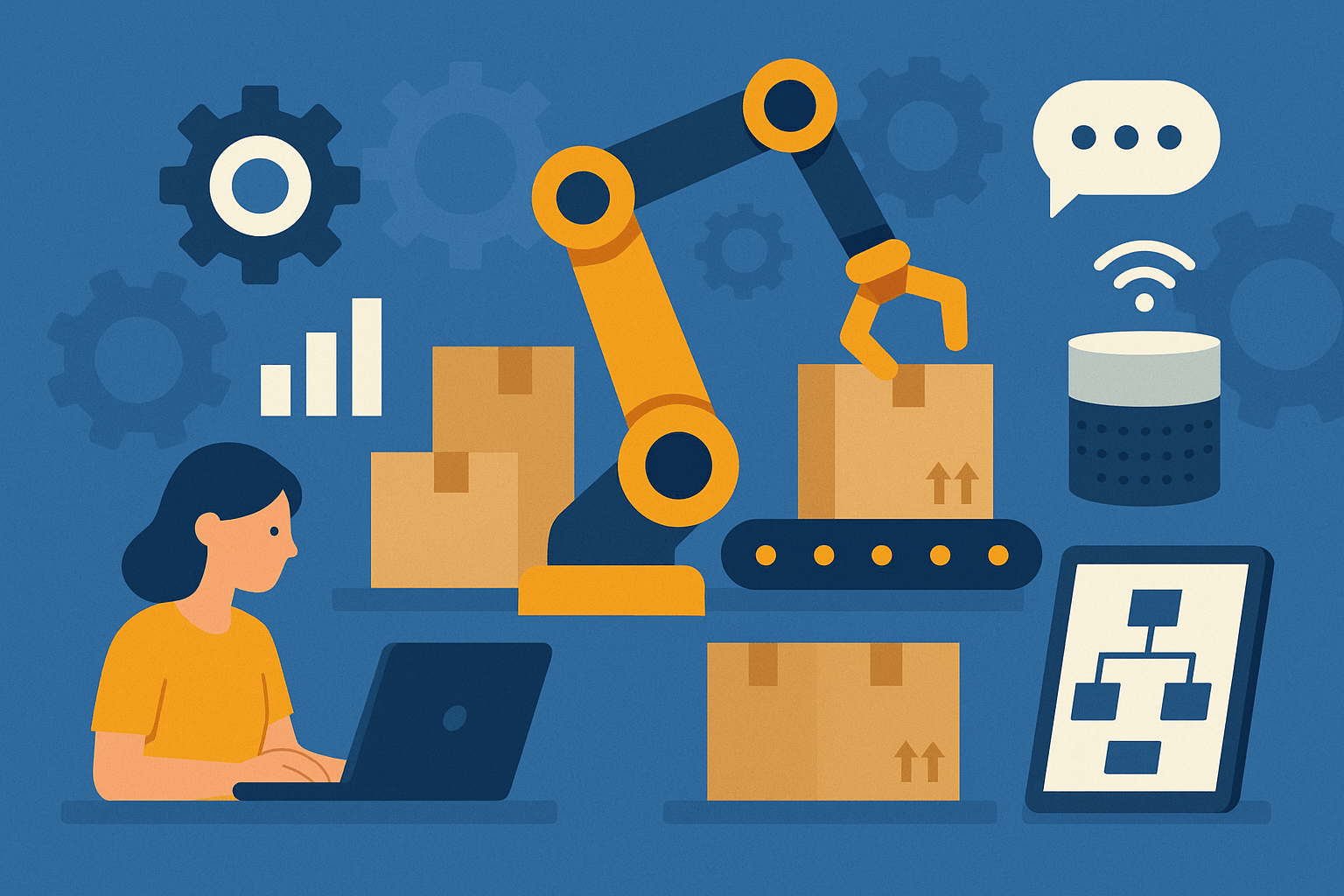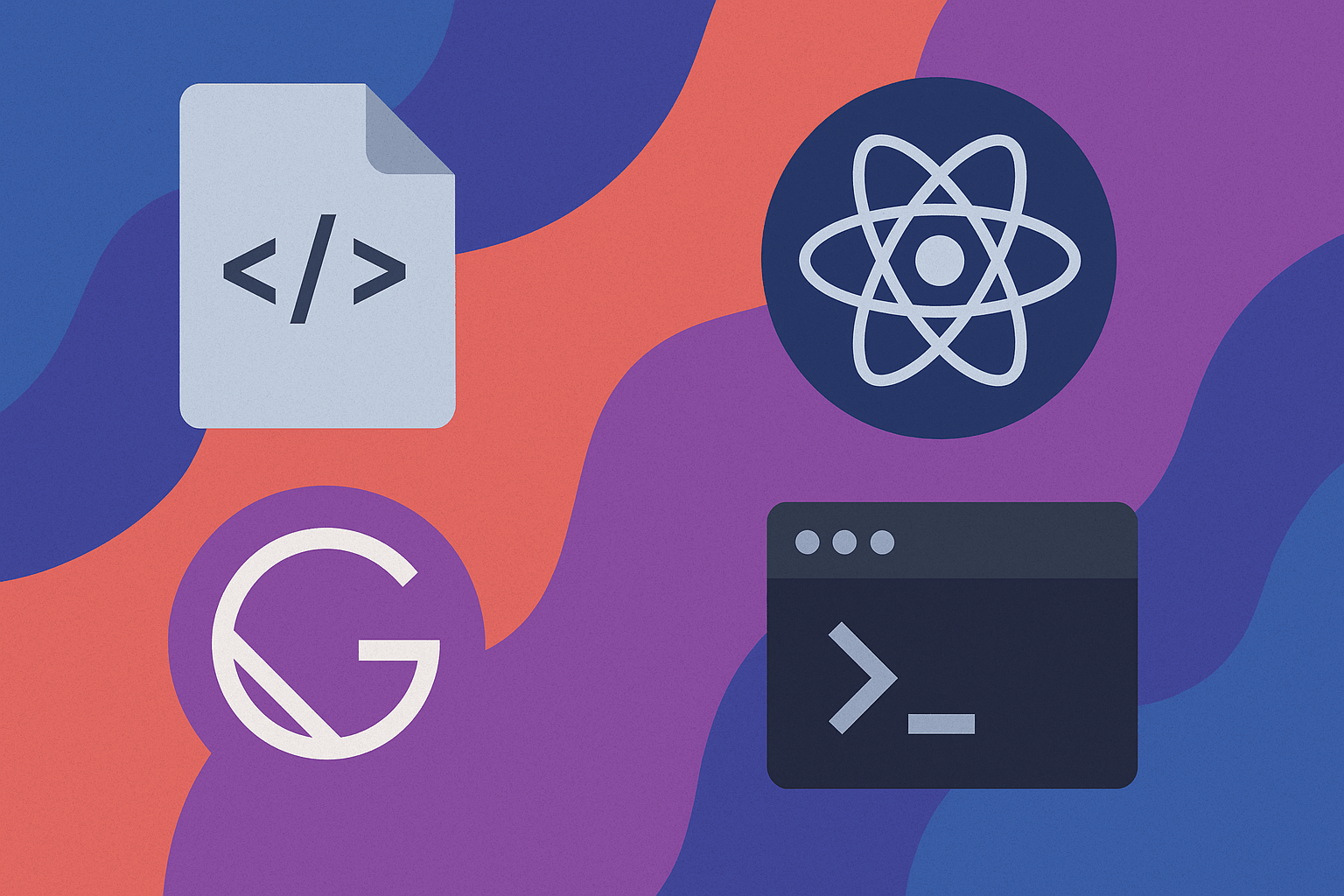Understanding Automation: Concepts and Real-Life Applications
Table of Contents
Ever wish you had more hours in the day? That’s the promise of automation — doing more with less effort. From coffee machines that brew on schedule to smart algorithms that run entire warehouses, automation is all around us. But what exactly is it, and why does it matter?
In this article, we’ll break down what automation really means, explore how it works in both tech and everyday life, and look at its growing role in our world. Whether you’re a tech newbie or just automation-curious, you’ll find something valuable here.
What Is Automation?
The Basic Idea
At its core, automation is the use of technology to perform tasks without human intervention. The goal? Save time, reduce errors, and boost productivity. It’s like having a reliable assistant that never sleeps.
Types of Automation
There are several kinds of automation, each suited to different tasks:
- Industrial Automation – Think robotics on factory floors.
- Software Automation – Includes scripts, bots, and macros.
- Home Automation – Smart thermostats, lights, and voice assistants.
- Business Process Automation (BPA) – Automating tasks like invoicing or HR approvals.
How Automation Works
The Building Blocks
Most automation systems include:
- Input – Sensors or software triggers (e.g., a button press or form submission).
- Processor – Logic or algorithms that decide what to do.
- Action – The automated task, like sending an email or activating a machine.
Here’s an everyday example: You schedule a Zoom meeting. Google Calendar automatically sends a reminder, creates the link, and even adjusts for time zones — all without you lifting a finger.
Real-Life Applications of Automation
1. In Your Home
Home automation, or smart living, has taken off. Devices like Alexa or Google Home can:
- Control lights, locks, and thermostats
- Play music or set reminders
- Even reorder groceries
2. In the Workplace
Modern offices thrive on automation. Here’s how:
- Marketing – Tools like Mailchimp auto-send newsletters.
- Customer Service – Chatbots answer FAQs 24/7.
- Finance – Software automates payroll, invoicing, and expenses.
According to a report from McKinsey, about half of all tasks in the workplace could be automated with current technology. Read more here.
3. In Industry
From car manufacturing to food packaging, industrial robots have revolutionized production lines. They’re fast, accurate, and tireless. Sensors ensure quality control while AI helps predict when a machine needs maintenance.
4. In Daily Digital Life
Think you’re not using automation? Think again.
- Autofill forms on browsers
- Scheduled social posts
- Auto-updates for apps and OS
- Spam filters in your email
Benefits of Automation
- Time-saving – Focus on meaningful work, not repetitive tasks.
- Consistency – Machines don’t forget or get tired.
- Cost-effective – Less manpower needed over time.
- Scalable – Handle more work without scaling teams.
Concerns and Challenges
While automation is exciting, it’s not without challenges:
- Job displacement – Certain roles may become obsolete.
- Dependence on tech – System failures can cause delays.
- Privacy risks – Automated systems collect lots of data.
Ethical implementation is key — automation should assist, not replace, human capability.
How to Get Started with Automation
If you’re new to automation, start simple:
- Use Google Sheets + Apps Script to automate reports.
- Try Zapier or IFTTT to connect apps and services.
- Automate your home with a smart plug or speaker.
Then gradually explore more advanced tools as you get comfortable.
Conclusion
Automation isn’t just for tech giants and factories — it’s woven into our daily routines. Understanding how it works can help you use it wisely, whether you’re improving your workflow, boosting business, or just simplifying life at home.
The future is automated — but thoughtfully so. The goal isn’t to remove humans, but to empower them to do better, more creative, and more fulfilling work.







